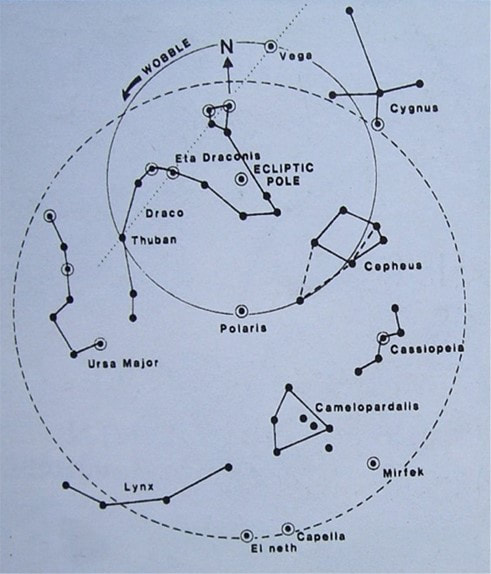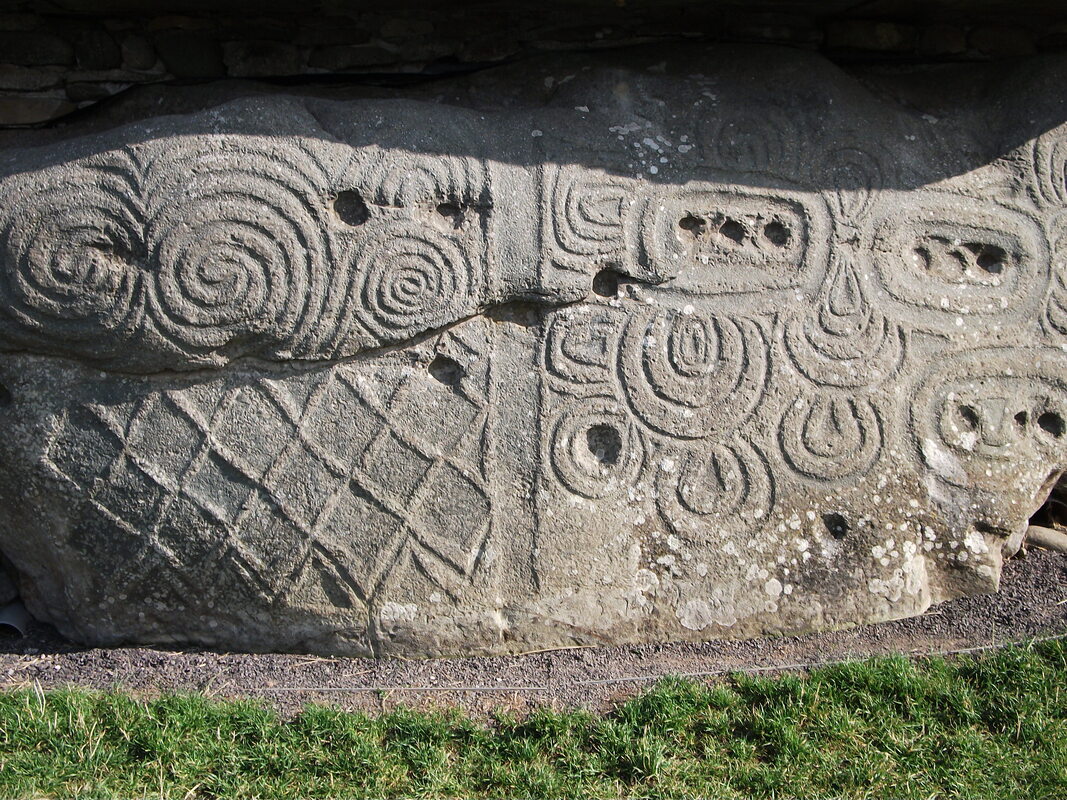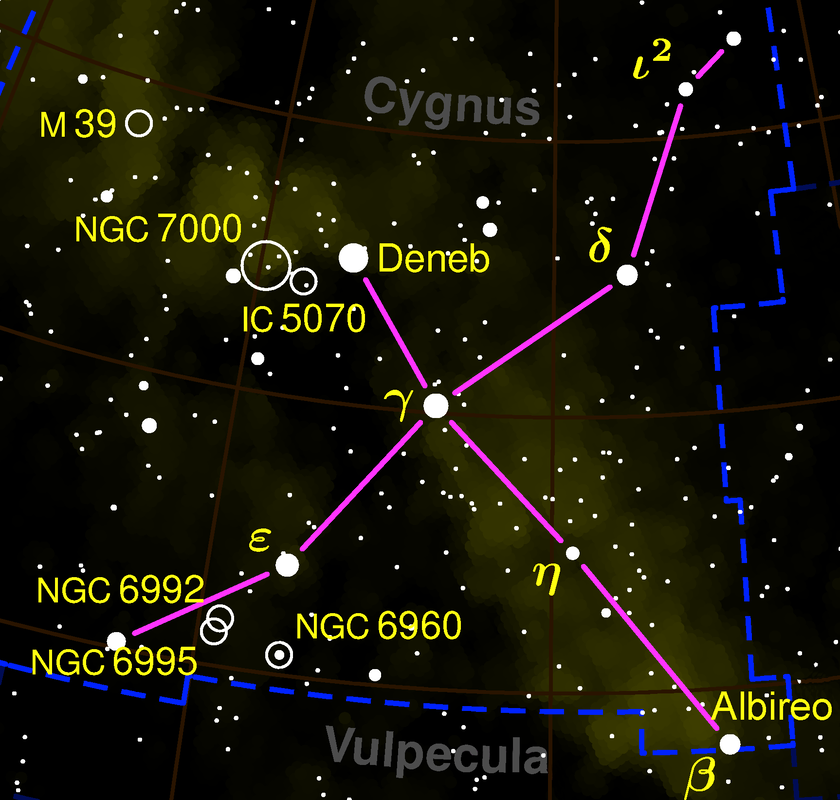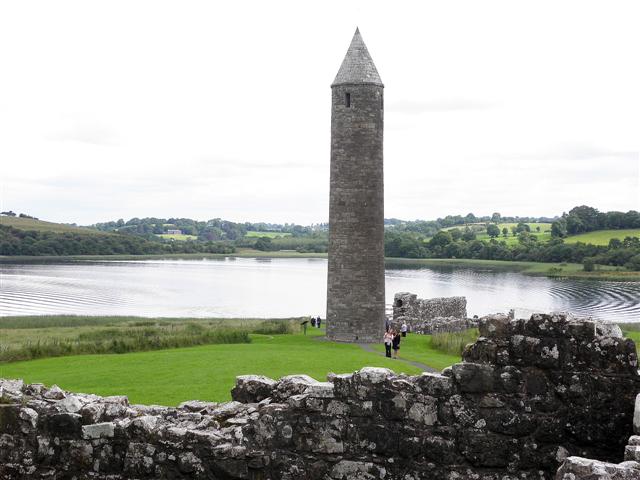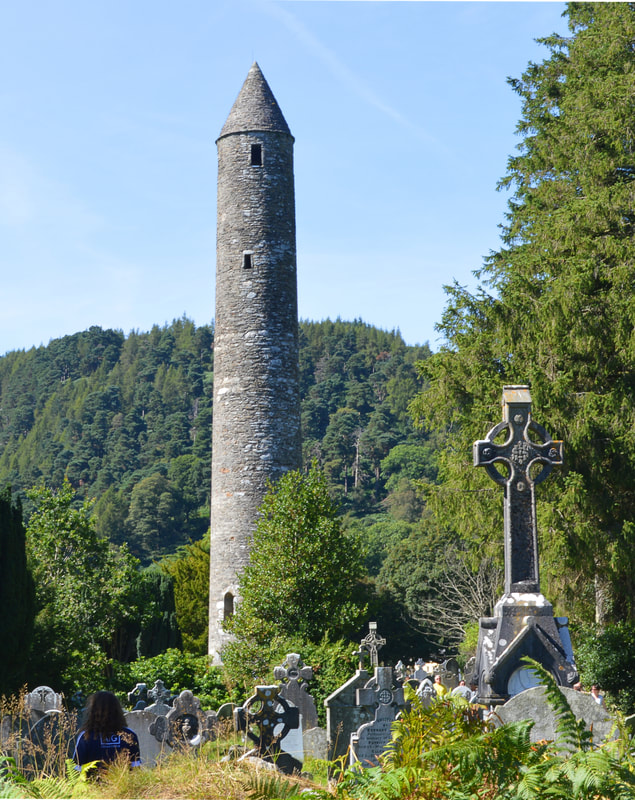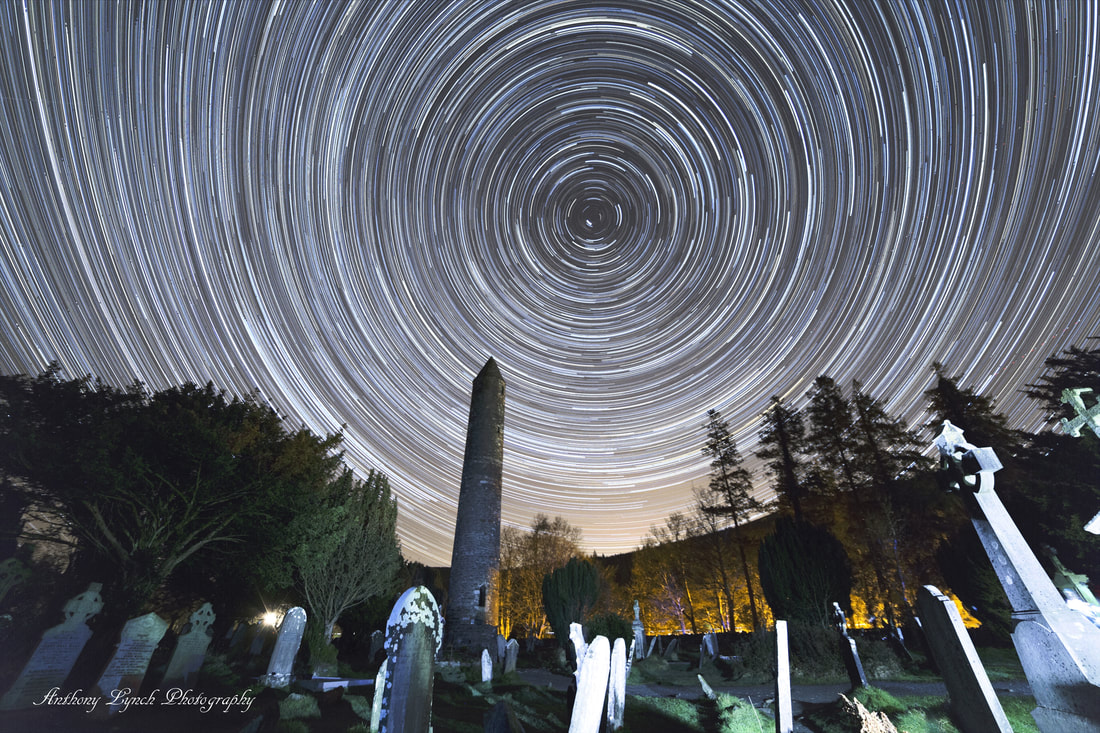The Irish Round-Tower Star-Map Mystery
by Edward Durand
|
The stars were important to the Irish since ancient times, but it’s from the Christian era that the greatest star-mapping mystery comes to us. The round towers of Ireland are seen as a symbol of Celtic Christianity, but their arrangement in the landscape reveals a greater mystery. They are laid out in the shape of the constellations in the sky as they are on the winter solstice.
The Round Towers of Ireland The round towers stand at 17-40 metres in height. There are about seventy remaining round towers in Ireland, a few in Scotland and one on the Isle of Man. It is believed that the great earthquake of 448 A.D. made 75 of them fall. That shows they are at the latest from the 5th century A.D. Their windows are aligned to the four cardinal points of north, south, east and west. The Metaphysical Properties of the Towers The round towers have been found to have aspects which give them metaphysical properties. They were made from paramagnetic stone such as mica schist, sandstone and limestone. Paramagnetic stone resonates positively in a magnetic field and helps to energise its environment. The towers look a bit like acupuncture needles or obelisks. Obelisks are rectangular, which is a male shape, and round towers are cylindrical, which is a female shape. However both pyramids and cones (which they are capped by respectively) are thought to be energetically equivalent, both are said to generate a spin field from the apex. Most round towers have lost their original cap just as some pyramids have lost their original capstone. Both round towers and pyramids have their entrances at a distance from ground level. American Professor Philip Callahan, who noticed that the layout of the towers matches the stars (2), said they are radio antennae and amplifiers. Perhaps they are intended to combine the energies of Heaven and Earth as a bridge between worlds, energising the soil to increase fertility. Callahan suggests that the towers collect energy from the sun. With their star-map configuration, perhaps they channel energies from the stars as well. A ‘Pictish’ carved stone at Abernethy round tower in Scotland depicts what looks like a tuning fork, perhaps a hint about the properties of the tower. The level of the soil in the round towers is at a distance from the ground, perhaps to tune it to a certain pitch like a musical instrument. Bottles filled with water to different levels give off different notes when struck. Perhaps they were attuning the towers to a particular frequency. The Star-Map The layout of the round towers across the country matches up with the layout of constellations of stars in the sky as they are at the winter solstice. This echoes the layout of the pyramids at Giza that are arranged in the shape of the constellation of Orion. However the round towers depict several constellations going round the country in a circle like a zodiac. They are not exactly placed because of geographical (and perhaps political) factors, but they are so close that it does not look accidental. The constellation of Draco is the largest to be depicted by the round towers with the head of the dragon in Northern Ireland. Also reflected are Cassiopeia, Camelopardalis, Lynx and Ursa Major. The layout of monuments to reflect the stars creates a mirror to the Heavens, perhaps to create Heaven on Earth as in the Hermetic axiom ‘as above, so below’. The two main ecclesiastical centres of Ireland were Clonmacnoise and Armagh. Clonmacnoise is at the central position reflecting Polaris, the pole star, and Armagh is at the position that corresponds to the ecliptic pole. The ecliptic pole is the centre of the circle made by the precessional wobble of the pole star. In ancient times other stars such as Vega, Thuban and Albireo (the top star of the Cygnus constellation) were directly above as our pole star. Armagh (reflecting the ecliptic pole between these pole stars) is proving an ecliptic centre of Irish ecclesiastical rule as it currently supersedes Clonmacnoise as the centre of Christianity in Ireland. The placing shows that the builders knew not only that the Earth was round, but about the circular precession of the Earth around an ecliptic centre of the sky. To show where the zodiac constellations fit into the above map, Cancer and Gemini would be under Lynx. Other Ancient Irish Depictions of Constellations There is an obscure theory that ancient sites in Co. Meath reflect the constellations of Orion and Cygnus, but I don’t see it on my map. There are a couple of ancient carvings of constellations though. The constellations of Draco and Orion have been seen in the K52 rear stone at Newgrange, I don’t see them myself. Newgrange is between the round towers of Donaghmore and Monasterboice which are part of the grouping that reflects the constellation Draco. The passageway in Newgrange is a cross-like shape that has been likened to the shape of the constellation Cygnus (aka the swan, the Northern Cross). Cygnus is on the ecliptic arc so its top star Albireo was once the pole star and will be again. A carving at nearby Dowth depicts seven suns, thought to represent the Pleiades (the seven sisters), but Ursa Major (aka the Great Bear, the Plough and the Big Dipper) also has seven stars and is reflected in the Co. Galway round towers. However these suns at Dowth are carved in the same shape as the Egyptian and Dogon symbol for a heliacal rising, which the Pleiades would have been doing when it was carved back in the Age of Taurus. The Pleiades are part of the constellation of Taurus. The old Irish names for the zodiacal constellations have the same meanings as the zodiac signs in modern western astrology, except they call Leo Cu, the Hound (there were no lions in Ireland). Who built the Round Towers? The layout of the round towers shows that the builders knew not only that the Earth was round but about the precession around the ecliptic centre. This may seem to contradict the general belief that they were built by Christian monks, but early Celtic Christians would have had knowledge of the stars as many of them were Druids. According to John Minahane in ‘Christian Druids’(9), many early Christian Irish priests had been Druids converted by the saints. Christianity was in Ireland before the missionaries came from the Roman church, and it had a Druidical yet almost Gnostic flavour. Many round towers are at old ruined monasteries, many monasteries were originally Druid schools or Bard schools. The placing of the door high above the ground level is said to be so the monks could be safe from the Vikings. However we now know the placing of the door high up was because the earth inside was placed at a higher level than outside to tune the tower like a musical instrument. Also the towers would have provided little protection against Viking raiders. Henry O’Brien has suggested that the round towers date back to the ancient Tuatha De Danann (10) (who inhabited Ireland before the Celts) who he says were from Atlantis. The towers themselves seem to contradict this as they seem to depict the stars in the winter solstice sky with Polaris overhead as it was since the Celts arrived and ‘took over’ from the Tuatha De Danann. Unless the Tuatha De Danann built the towers around the time the Celts arrived about two and a half thousand years ago. Polaris wasn’t overhead earlier than that. According to the 7th century Annals of Ulster, “ships with their crews were seen in the air above Cluain Moccu Nois (Clonmacnoise)”(11). In the above map, Clonmacnoise corresponds to the position of Polaris, the pole star. It is unlikely that these airships are responsible for creating the round towers, but their arrangement may have been visible from the sky. The Tuatha De Danann were said to have arrived in flying ships, landing on the mountains of the West of Ireland. It has been suggested that the round towers were built by Phoenicians. The Phoenicians were seafarers who also settled Lebanon. There are round towers elsewhere built by Phoenicians. The Chaldeans were wandering Sumerian astrologers and architects who came to Ireland. Could they have built the towers? The Chaldees is an old name for the Chaldeans that sounds like Culdees. The Culdees, or Ceili De, were early Celtic Christian mystics. Perhaps there’s a connection there. Templar knights also built round towers. Could the culture of astro-geomantic stone masons who built the Irish towers have then gone on to become the Knights Templar who built cathedrals, castles and round towers? Landscape zodiacs have been found in England, they depict different constellations but there may be a connection with the Irish tower builders. Whoever built the round towers and why, they are an enduring mystery. How the metaphysical properties of the towers relate to their placing is another mystery. Star-worship is not seen as a Christian pursuit, but the early Celtic Christians did have advanced mystical knowledge. Ireland was a major centre of learning both in Druid times and in Christian times. The towers were placed at churches, which were often placed on Druid sites, but the churches could have been placed there after the towers were built, or at the same time as the original church there. If we discover the secrets of the towers, perhaps they can be used to benefit society. |



